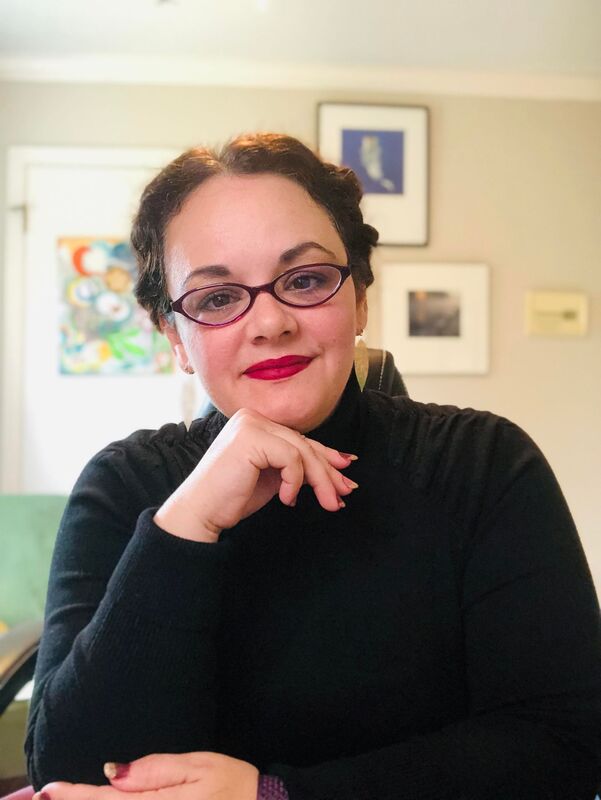|
In 1999, I saw a blurb on the Honors College listserv advertising for job in the call center. I thought, “Hey, I can talk to people. Why not?” (Little did I know that I would still be writing about phonathon and doing fundraising some 17 years later.) I interviewed and was hired. I arrived excited but a bit nervous for my first night on the job.
I entered the room and the manager told me, “Sit behind Julie and watch what she does. When you feel ready, you get on the phone too.” I watched Julie manipulated the automated computer and calling system and listened to her phone calls. “Do you have a script or checklist?” I asked. “Not really,” she said. “Everyone kind of makes it up as they go along.” Really, this was my introduction to being a student fundraiser! It’s amazing to me that I stayed. But, I’m stubborn. The manager that hired me left and soon a student supervisor, Becky, graduated took over operations. Becky taught me something very important: Look to best practices in order to improve and grow. She read books about how other call centers operated and visited phonathons at both peer institutions and aspirational schools. And she began to change some things. I became one of Becky’s student supervisors and was helping her implement these positive changes. She did things that made us feel like Chicken Little. “Instead of giving up immediately after one ask. We are going to ask two times for money,” Becky said. “Oh no! The sky is falling!” the supervisors would cry. But it didn’t. Our participation rate soared. Becky said, “I am going make it mandatory to ask for a credit card.” “The sky will fall!” we asserted. It didn’t and our credit card giving rate went through the roof. Time after time, this was the story. Soon, we began to believe her when she made “crazy” suggestions. I had no idea at the time but I was learning the basics of “evidence-based fundraising”: looking at the data to drive your decisions, not anecdotal evidence or your gut feeling. Your gut feeling is fallible. At the heart of it, evidence-based fundraising is about using the scientific method. Testing things and looking to the numbers to tell the truth of the situation. Complaints in the call center are one example of this: your boss hears of 3 complaints. To them it seems like a pattern, perhaps the beginning of a crisis. But – you need to put this into context for them. You could have had over 10,000 contacts that year. That means those complaints represent only 0.03% of your interactions with constituents! That’s pretty great. This is evidenced based fundraising at work. We can all be a bit “Chicken Little” sometimes, so we have to have the discipline of the evidence to fall back on before we make decisions that can keep from our full potential at best, or at worst, can hurt our institutions. 9/16/2018 12:01:41 am
Comments are closed.
|
Jessica Cloud, CFREI've been called the Tasmanian Devil of fundraising and I'm here to talk shop with you. Archives
June 2024
Categories
All
|


 RSS Feed
RSS Feed
